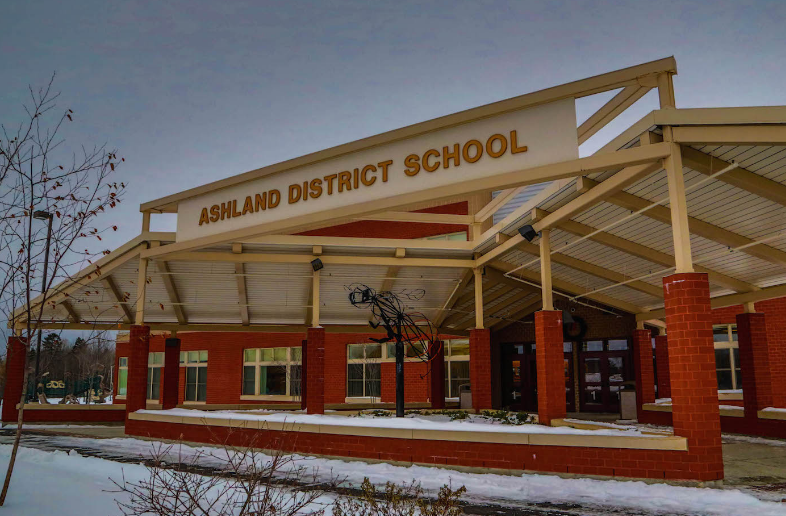Before the recent state budget passed, the three communities that now comprise Maine School Administrative District 32 — Ashland, Masardis and Garfield Plantation — were facing local tax increases.
But with additional school funding added to the state’s biennial budget, districts such as SAD 32 got a small reprieve that’s helping to ease difficult finances.
“We all wound up getting more money after the fact from the state,” said SAD 32 superintendent Gehrig Johnson.
SAD 32 ended up receiving an additional $80,195 from the state for the next school year and the overall budget approved by the board and local voters ended up falling by about 1 percent, to $5.7 million, Johnson said.
The local tax commitment increased by about one-tenth of one percent, or $2,100, to $1,852,634.
In terms of the impact of the local municipalities, “some taxes went down, some went up,” Johnson said.
The district’s tax bill to Ashland decreased by $13,883, or about 1 percent — whereas before the additional state aid, the town was facing a 3 percent increase. The tax bill for Garfield Plantation also decreased by about $807, or a 0.6 percent.
The town of Masardis, though, is seeing its tax assessment from the district increase by $16,737, or more than 4 percent.
Those differences are due to changes in property valuations and enrollment in the towns, Johnson said. They’re also related to funding formula changes stemming from the former town of Oxbow leaving the district as part of its deorganization process.
Students from Oxbow will still attend the Ashland District School, but will be tuitioned there via the state, rather than the community being a part of the district, Johnson said.
Despite the additional state aid moderating the budget, the SAD 32 board and voters still made a number of difficult decisions this year, Johnson said.
The budget eliminated 1.5 full-time teaching positions and two education technician positions, and also delayed maintenance and technology replacement purchases.
“Everything is on hold,” Johnson said.
The Ashland District School has seen student enrollment decrease 18 percent since the new pre-K to 12 school opened in 2010 and currently counts 282 students for the upcoming school year.
“Our communities are struggling financially to support their schools,” Johnson said. “All of our schools here in Aroostook County are struggling. There’s a limit to what they can afford. The school board is being cognizant of that while still trying to provide the best education they can.”








